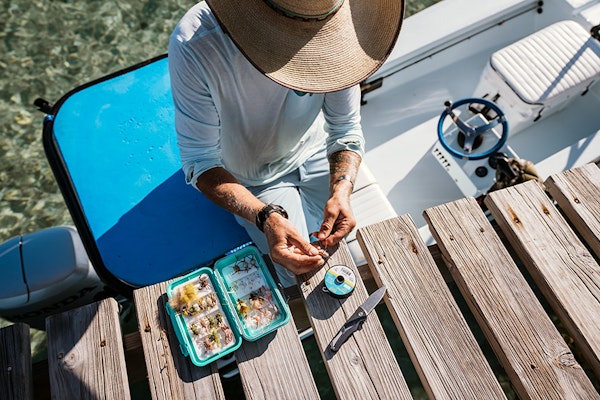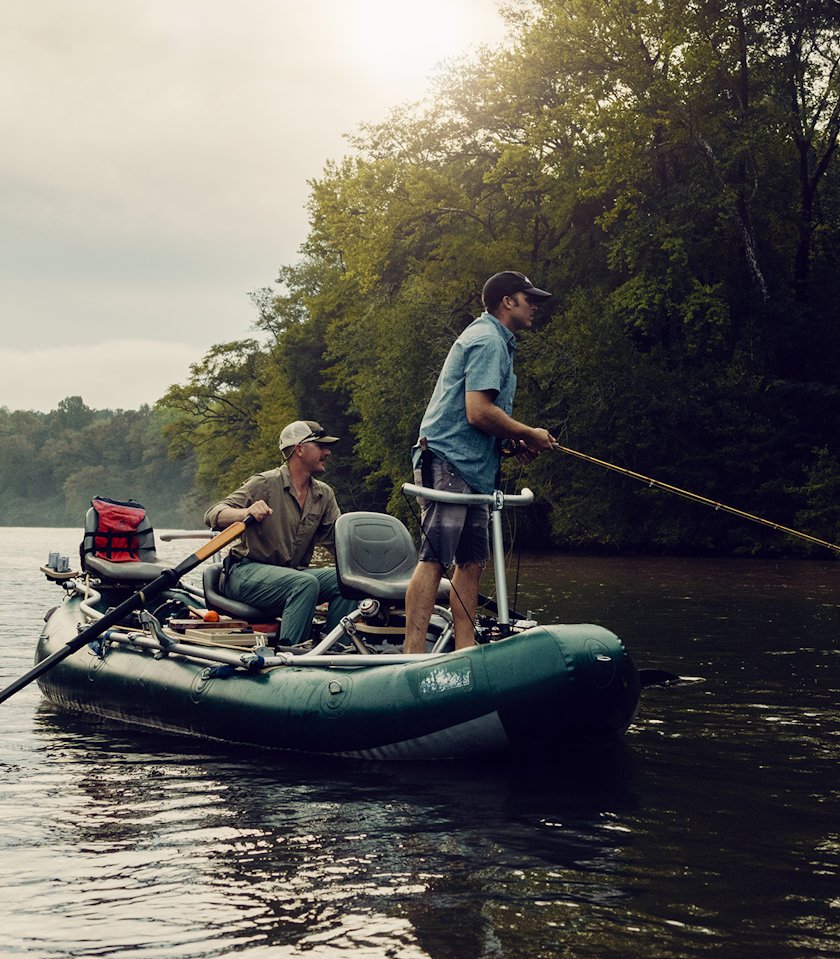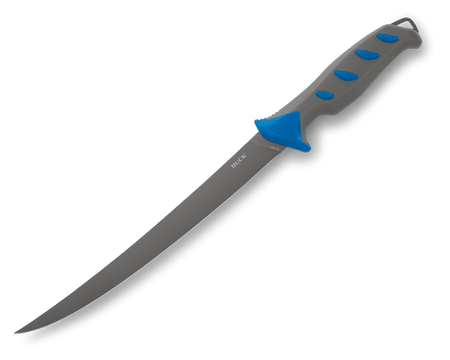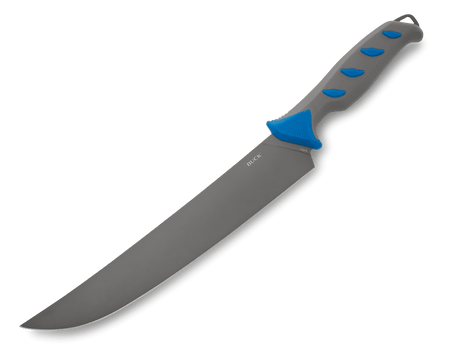
Fishing Knife Essentials
How do I choose the right fishing knife for different tasks or fish species?
Fishing knives usually fall into three key categories, each tailored to different tasks on the water:
Fillet knives - These have long, slender, and often flexible blades that gently glide along the ribs and bones, making clean fillets without slicing into the meat.
Utility or bait knives - Thicker and more rigid, these knives are ideal for tasks like cutting bait, trimming line, handling tackle prep, or quick campsite jobs.
Butcher or heavy-duty knives - Robust and built for toughness, these knives tackle larger species, perfect for boning, slicing through spine, or chopping bulky heads and tails.
The right fishing setup means having the right blade for the job. A Buck Silver Creek Folding Fillet Knife keeps fillets clean and smooth, a Buck 836 Small Folding Selkirk handles bait and utility work with ease, and a Buck 104 Compadre Camp Knife brings the muscle for heavy-duty processing. Pack the trio, and you’re ready for anything from panfish to offshore trophies.

What blade material offers the best combination of corrosion resistance and edge retention?
For fishing, the two most important steel qualities are resistance to rust and edge-holding ability in wet, sometimes salty environments. In Buck’s fishing lineup, most blades are made from 420J2 stainless steel, chosen for its excellent corrosion resistance and ease of sharpening in the field. It’s a softer stainless, which means you may need to touch up the edge more often, but it’s forgiving, affordable, and perfect for anglers who prioritize rust prevention over maximum hardness.
Our 420J2 stainless, found in the Silver Creek Folding Fillet and Hookset series, is built for wet conditions and quick touch-ups. Want a bit more edge life? Look for models in 420HC stainless, like the Small Selkirk Fixed Blade, and just remember: rinse, dry, and oil, and your knife will keep working season after season.
How should I sharpen and maintain a fishing knife?
Fishing knives take a beating. Salt, slime, and scales are relentless. However, a simple, consistent maintenance routine keeps yours ready for action. After each use, especially in saltwater, rinse, dry, and lightly oil your fishing knife to prevent corrosion.
Keep the edge aligned with regular honing and only sharpen as needed, using a whetstone or guided system for a consistent, fine edge. Always store it dry in a sheath or knife roll, never in damp conditions, to protect both blade and handle.
What handle materials offer good grip and durability when wet?
When you’re on the water, a rubberized all-weather handle, like those on the Hookset Fillet Series, locks into your grip even when conditions are slick. If you want something with a more traditional feel and long-term durability, Micarta, as on the 853 Small Selkirk Knife, gives you a handle that gets grippier the more you use it. Either way, the right handle means your blade stays put until the job’s done.











